Sidestepping Common Pitfalls in Siding Installation
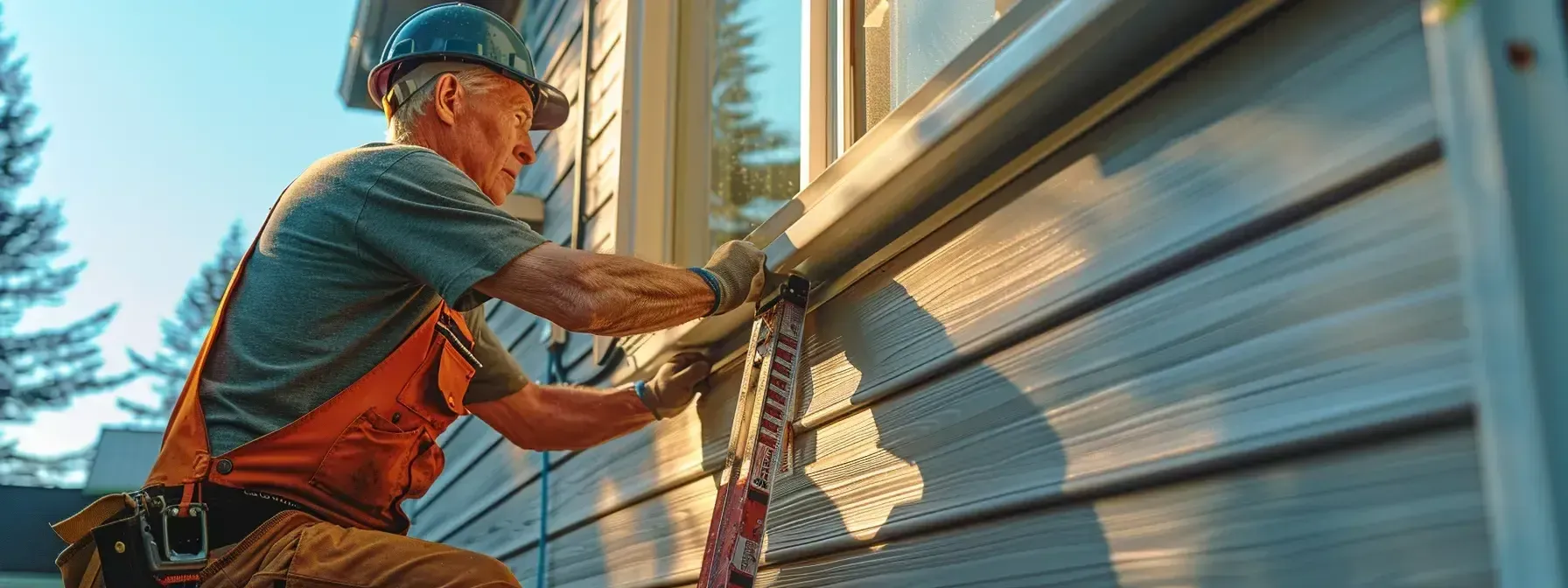
Proper siding installation protects homes from water damage and harsh weather conditions. Many homeowners choose vinyl siding for its durability and low maintenance. However, mistakes during installation can lead to costly repairs and decreased effectiveness. This article explores common pitfalls in siding installation and offers expert tips to avoid them. Whether you’re hiring a contractor or considering a DIY project, understanding these potential issues will ensure a successful and long-lasting siding installation for your home.
Key Takeaways
- Quality siding materials are crucial for long-term durability and cost-effectiveness
- Professional installation is essential to avoid common mistakes and ensure proper protection
- Proper nailing technique and clearance are critical for siding longevity and performance
- Climate considerations and maintenance requirements should guide siding material selection
- Overlapping joints correctly prevents moisture infiltration and maintains aesthetic appeal
1. Using Cheap Low-Quality Sidings
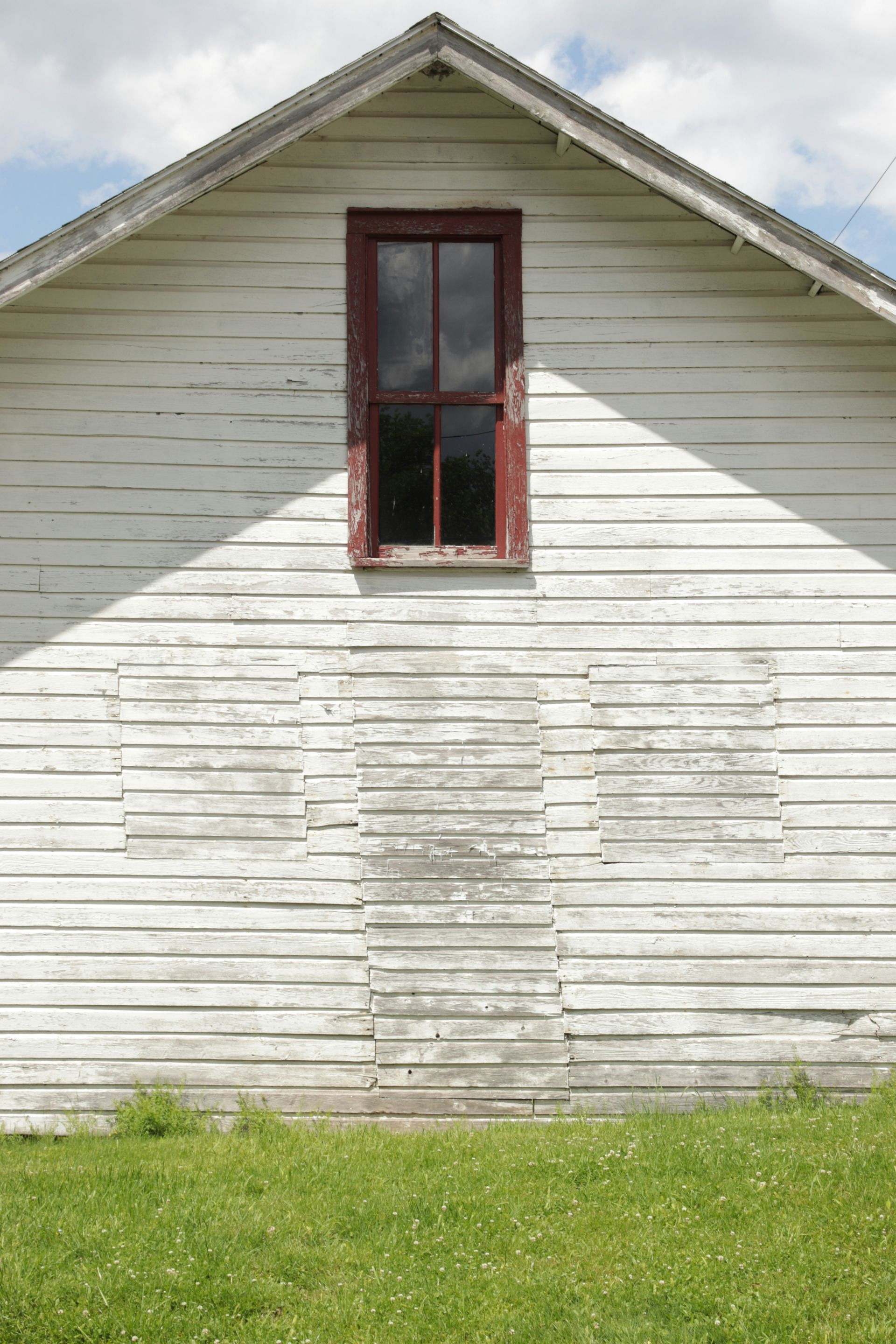
Selecting quality siding materials is a critical decision in any project. While cheaper options may be tempting, especially for DIY enthusiasts, they often lead to significant issues later. Using inferior siding can result in compromised durability and potential damage shortly after installation. This section discusses the risks of low-quality sidings, compares long-term costs against initial savings, and offers guidance on identifying superior siding materials.
Understand the Risks of Inferior Materials
Inferior siding materials can jeopardize a home’s structural integrity and longevity. Low-quality options, such as thin vinyl or poorly treated wood, are prone to warping, cracking, or rotting, which can expose the underlying structure to moisture damage and pests. Homeowners should seek estimates from reputable suppliers for high-quality siding options, like fiber cement or engineered wood, which provide superior protection and aesthetics without sacrificing durability.
Assessing Long-Term Costs vs. Initial Savings
When selecting siding options, it’s important to weigh long-term costs against initial savings. Although cheaper materials may appear cost-effective upfront, they often lead to higher expenses over time due to frequent repairs and replacements. Investing in quality materials like cement siding, despite a higher initial cost, provides superior durability and longevity. Homeowners should consider factors such as warranty coverage, maintenance needs, overall construction quality, the expected lifespan of the siding, and its impact on energy efficiency, property value, and curb appeal. These elements help determine the true value of different siding choices.
Recognizing the Signs of Quality Siding
Identifying quality siding involves careful attention to details such as thickness, texture, and the material’s ability to hold paint without frequent touch-ups. Homeowners should consider reputable brands like Hardie siding, known for their durability and performance. The manufacturer’s reputation and warranty offerings strongly indicate the siding’s long-term reliability and quality.
2. Picking the Wrong Color and Style Combination
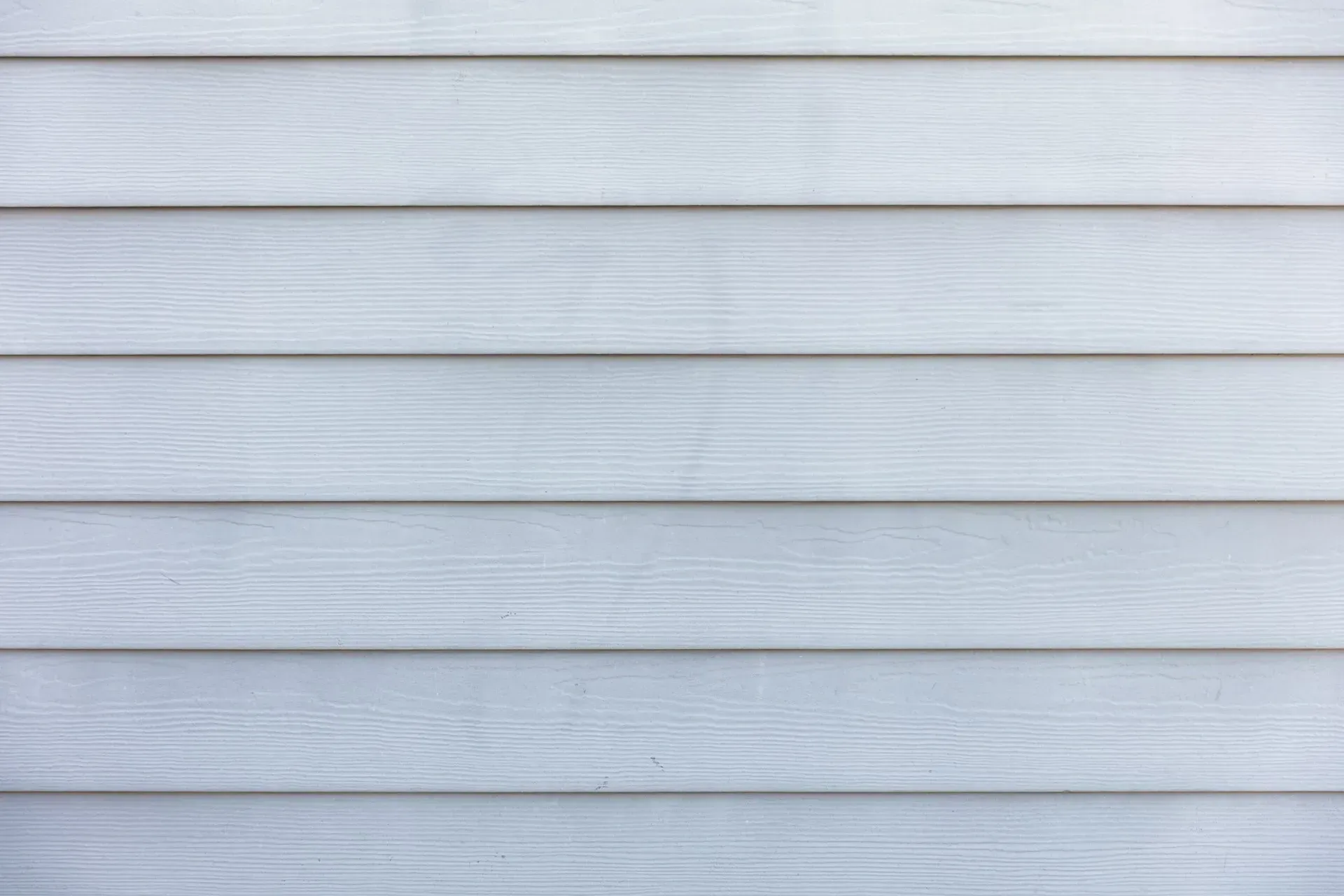
Choosing the right color and style combination for siding is vital for enhancing curb appeal. While siding primarily serves an aesthetic purpose, selecting a color that complements your home’s architectural style can significantly boost its overall appearance. Homeowners should consider how different materials, such as engineered wood, interact with various color palettes and architectural designs. Consulting with design professionals can help avoid costly mistakes, ensuring the siding not only looks appealing but also harmonizes with other exterior elements. Before finalizing a choice, it’s wise to test samples in natural lighting and consider how they complement existing features like trim work.
Consulting Design Guides and Professionals
Design guides and professional consultations are invaluable when selecting siding colors and styles. Experts can recommend options, such as fiber cement siding, that balance aesthetics with energy efficiency, potentially saving homeowners money over time. These professionals have in-depth knowledge of various materials, including fiber cement and steel, and can suggest combinations that enhance a home’s architectural features while maximizing durability and performance.
Considering Your Home’s Architectural Style
Considering a home’s architectural style is crucial when selecting siding to avoid aesthetic and functional mistakes. Different siding materials complement various architectural designs, and choosing the wrong combination can lead to visual discord and potential issues like corrosion. Homeowners should opt for materials and styles that enhance their home’s existing features while providing adequate protection against the elements. This careful selection can also have a positive impact on insurance rates by ensuring proper coverage and durability.
Testing Colors With Samples in Natural Lighting
Testing siding colors with samples in natural lighting is crucial for accurate color selection. Experts recommend observing vinyl siding samples at different times of day to see how sunlight affects their appearance. Manufacturers often provide sample boards or small sections of siding for this purpose. Homeowners should place these samples against their home’s exterior to consider how the colors interact with existing elements like trim, windows, and landscaping. The appearance of colors can vary depending on the time of day, with muted tones in the morning, vibrant hues under midday sunlight, and warmer shades during the evening.
3. Picking the Wrong Type of Siding
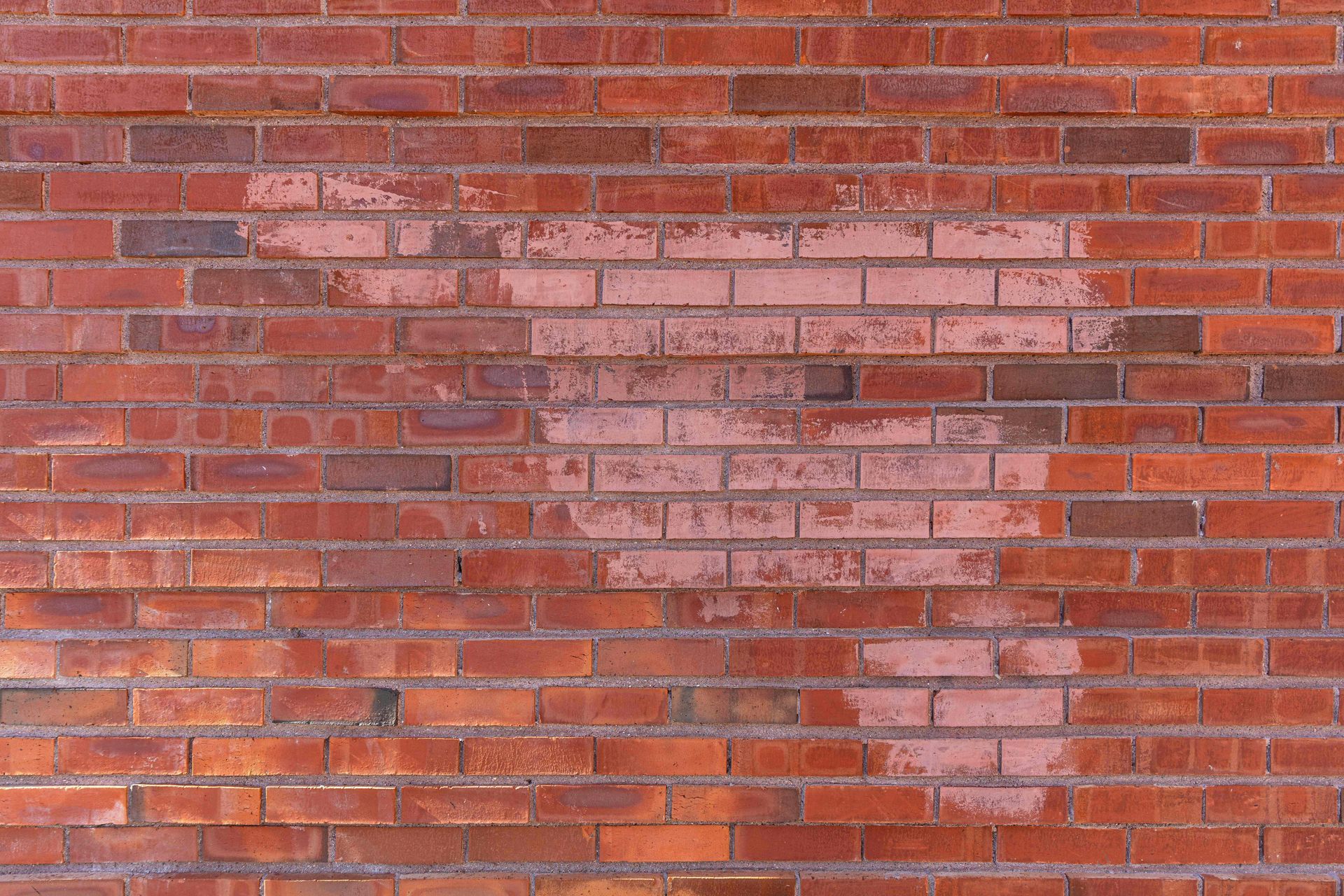
Selecting the right siding material is essential for a home’s durability and appearance. A common mistake is choosing siding without considering specific climate conditions, maintenance needs, and installation challenges. This can lead to problems like mold growth, premature deterioration, and increased costs. Proper consultation with experts can help avoid these issues. By assessing climate-specific needs, understanding maintenance requirements, and considering installation complexities, homeowners can make informed choices that ensure a durable and attractive exterior for years to come.
Evaluating Your Climate and Siding Material Options
Evaluating climate conditions and siding material options is essential for a successful installation. A reputable siding installation company considers factors like humidity, temperature extremes, and precipitation when recommending materials such as vinyl, fiber cement, or stucco. Homeowners should assess how different siding types withstand their local weather patterns to ensure the chosen material retains its beauty and functionality over time. This helps prevent issues like warping, fading, or moisture damage, which can lead to costly repairs.
Understanding Maintenance Requirements for Each Type
Understanding the maintenance requirements for different siding types is crucial for making informed decisions that fit a homeowner’s budget and long-term goals. Professional siding experts can provide insights into the upkeep needed for various materials, from low-maintenance vinyl to more demanding wood options. Homeowners should consider their willingness to invest in maintenance, as some materials may require regular painting, sealing, or repairs. Obtaining a free quote from experienced contractors can clarify the ongoing costs associated with each siding option, helping ensure a choice that balances aesthetics, durability, and practicality.
Factoring in Installation Challenges
Considering installation challenges is crucial for homeowners to avoid costly mistakes when choosing siding materials. Each type of siding presents unique complexities that can impact the project timeline and cost. Experienced contractors take into account factors such as the existing structure, insulation needs, and potential mildew issues when recommending options. Before finalizing a contract, homeowners should discuss these challenges with their chosen siding company to ensure a smooth installation process, including assessing structural integrity, installing proper moisture barriers, addressing existing damage or rot, ensuring adequate ventilation, and accommodating unique architectural features.
4. Wrong Nailing Technique
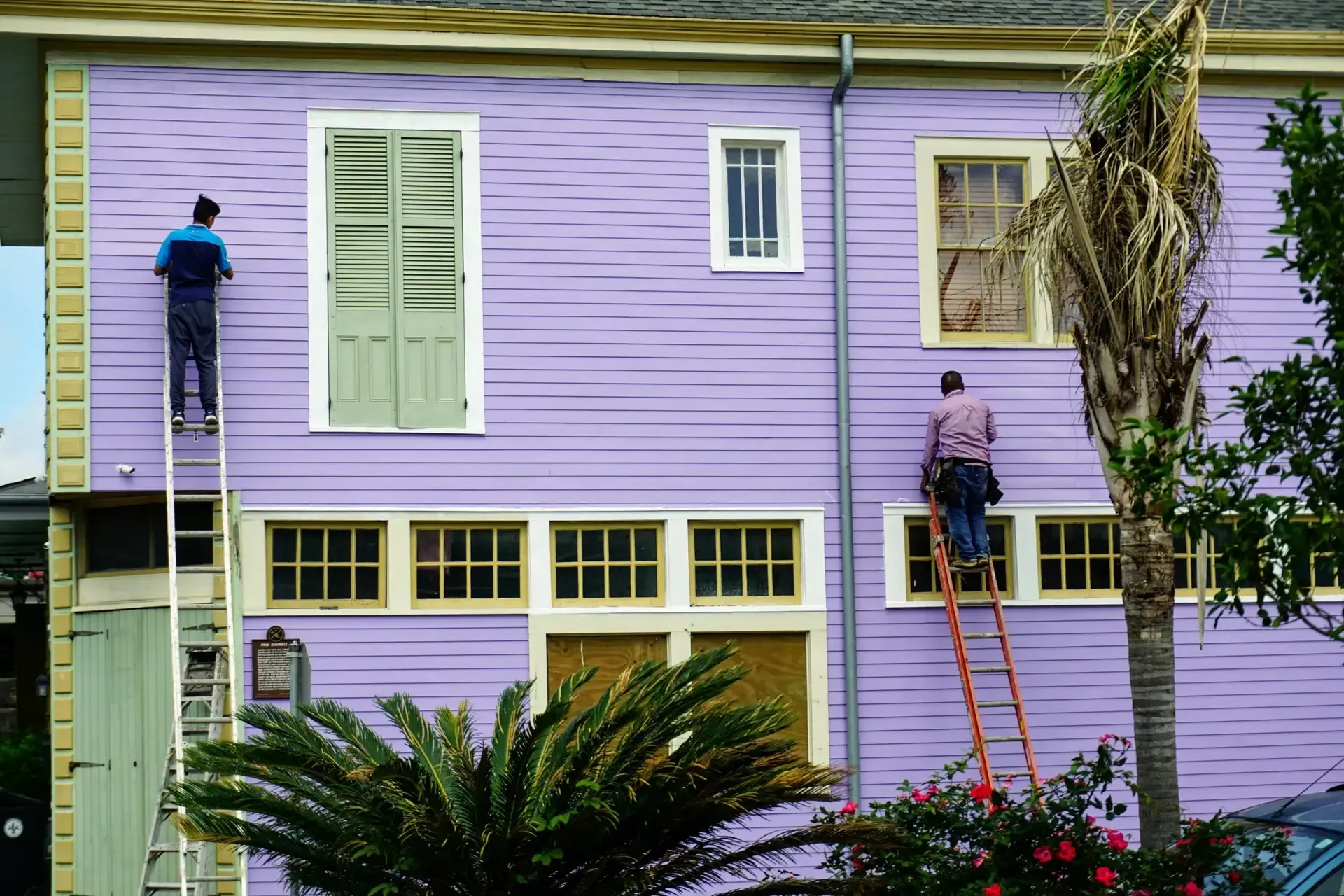
Proper nailing technique is crucial for ensuring the longevity and performance of siding installations. This seemingly simple aspect is often underestimated by homeowners and even some professionals, leading to issues like aesthetic flaws and structural vulnerabilities. Mastering the correct nailing method, choosing the right nails, and understanding the consequences of improper technique are essential for successful siding projects. Focusing on these key areas helps reduce the risk of common problems such as buckling, warping, and moisture infiltration, resulting in a more durable and visually appealing exterior.
Ensuring Proper Nail Selection for Siding Installation
The correct selection of nails for siding installation is handled by the professionals to ensure the durability and performance of the exterior cladding. Corrosion-resistant nails, such as stainless steel or hot-dip galvanized options, are used by our team to provide excellent protection against rust and deterioration, especially in coastal or high-humidity areas. These nails are chosen to penetrate the sheathing or framing adequately, ensuring a secure and long-lasting installation.
Mastering the Proper Nailing Technique
Mastering proper nailing techniques is crucial for ensuring the stability and longevity of siding. Installers should place nails in the center of the nailing slots and leave a small gap between the nail head and the siding panel to allow for natural expansion and contraction. It’s important to avoid overdriving nails, as this can cause the siding material to buckle or crack.
Recognizing the Impact of Incorrect Nailing
Incorrect nailing techniques can lead to various issues that compromise the integrity and appearance of siding installations. Overdriven nails can cause dimpling or buckling of siding panels, while underdriven nails may not secure the material properly, making it vulnerable to wind damage. Placing nails too close to the edges can result in cracking or splitting, potentially allowing moisture infiltration. Recognizing these problems early can help homeowners and contractors address them before they escalate, ensuring the siding’s longevity and performance.
Key Points and Solutions:
- Overdriven Nails: Can cause dimpling and buckling; adjust nail gun pressure and use a depth gauge.
- Underdriven Nails: Can leave panels loose and susceptible to wind damage; ensure proper nail penetration depth.
- Nails Too Close to Edges: Can cause cracking and splitting; follow the manufacturer’s nailing guidelines.
5. Failing to Leave Enough Clearance
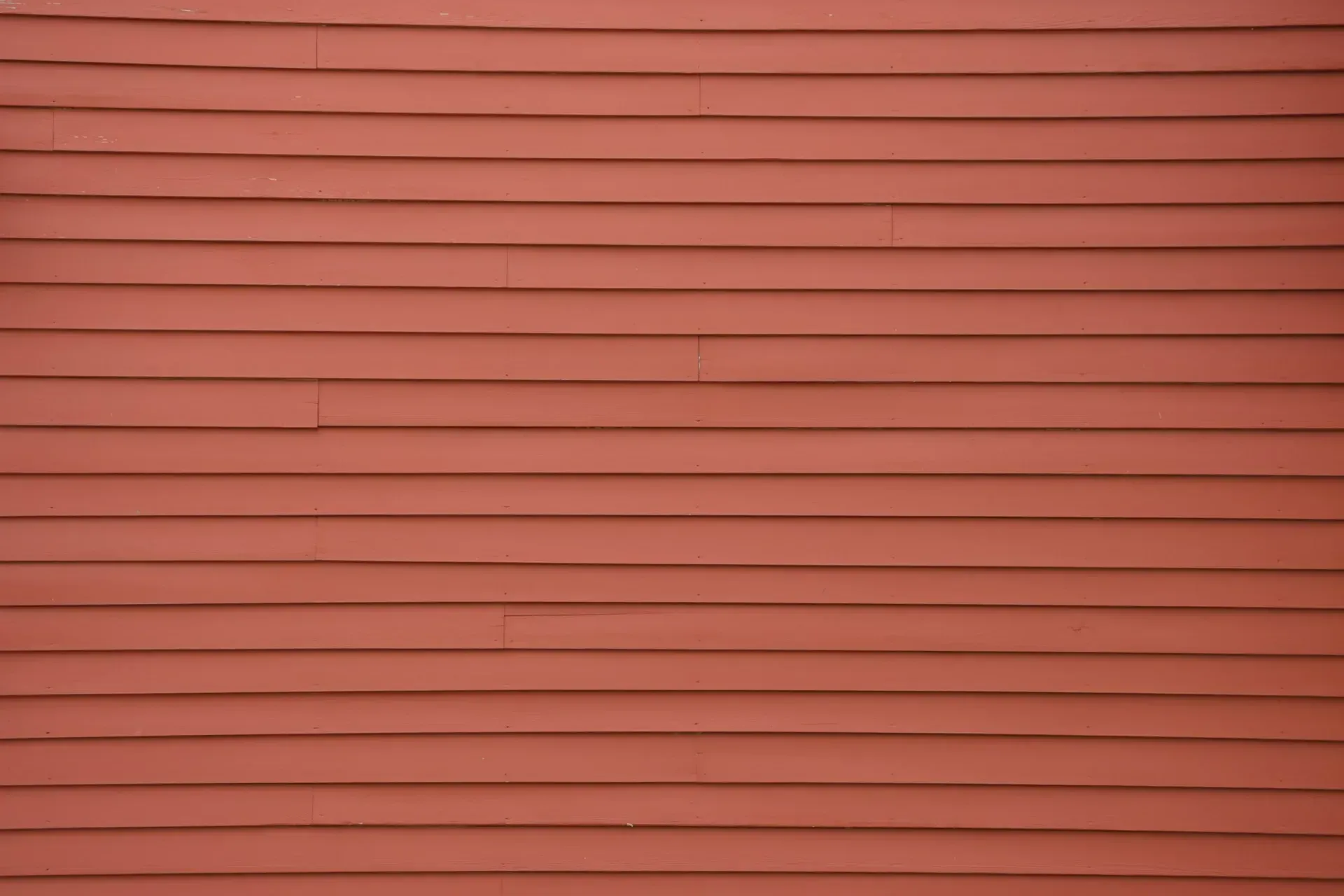
Proper clearance is a critical yet often overlooked aspect of siding installation. Homeowners and contractors sometimes underestimate the importance of leaving adequate space for expansion and contraction, which can lead to structural issues and compromised aesthetics. It’s essential to understand the need for expansion gaps, master the techniques for measuring and applying correct clearance, and recognize the consequences of neglecting this step. Addressing these areas ensures that siding projects withstand the test of time, maintaining both functionality and visual appeal.
Understanding the Need for Expansion Gaps
Expansion gaps are essential in siding installation as they accommodate the natural movement of materials due to temperature changes and moisture exposure. These gaps prevent siding panels from buckling, warping, or cracking by allowing them to expand and contract freely. Additionally, proper clearance helps prevent moisture buildup between the siding and adjacent surfaces, reducing the risk of rot and mold growth and thereby preserving the installation’s integrity.
How to Measure and Apply Correct Clearance
Measuring and applying correct clearance in siding installation demands precision and attention to detail. Installers should consistently measure gaps between siding panels and adjacent surfaces, typically ranging from 1/4 to 3/8 inch, based on the manufacturer’s guidelines. Properly cutting siding panels to account for these clearances prevents issues like buckling or water infiltration, ensuring a more durable and aesthetically pleasing installation.
Consequences of Neglecting Siding Clearance
Neglecting proper clearance during siding installation can have serious consequences for a home’s exterior. Inadequate gaps between siding panels and adjacent surfaces can lead to buckling, warping, or cracking as materials expand and contract with temperature changes. This oversight not only diminishes the siding’s aesthetic appeal but also creates potential entry points for moisture, leading to issues such as rot, mold growth, and structural damage over time.
Conclusion
Proper siding installation requires meticulous attention to detail and professional expertise to ensure a home’s structural integrity and appearance. It is crucial to work with experienced contractors who prioritize high-quality materials, appropriate colors, and styles that compliment your home. Professionals will master essential techniques like correct overlapping, proper nailing, and ensuring adequate clearance to prevent issues such as moisture infiltration, warping, and premature deterioration. By relying on expert installation, homeowners can protect their investment, enhance curb appeal, and ensure a durable, visually appealing exterior that stands the test of time.


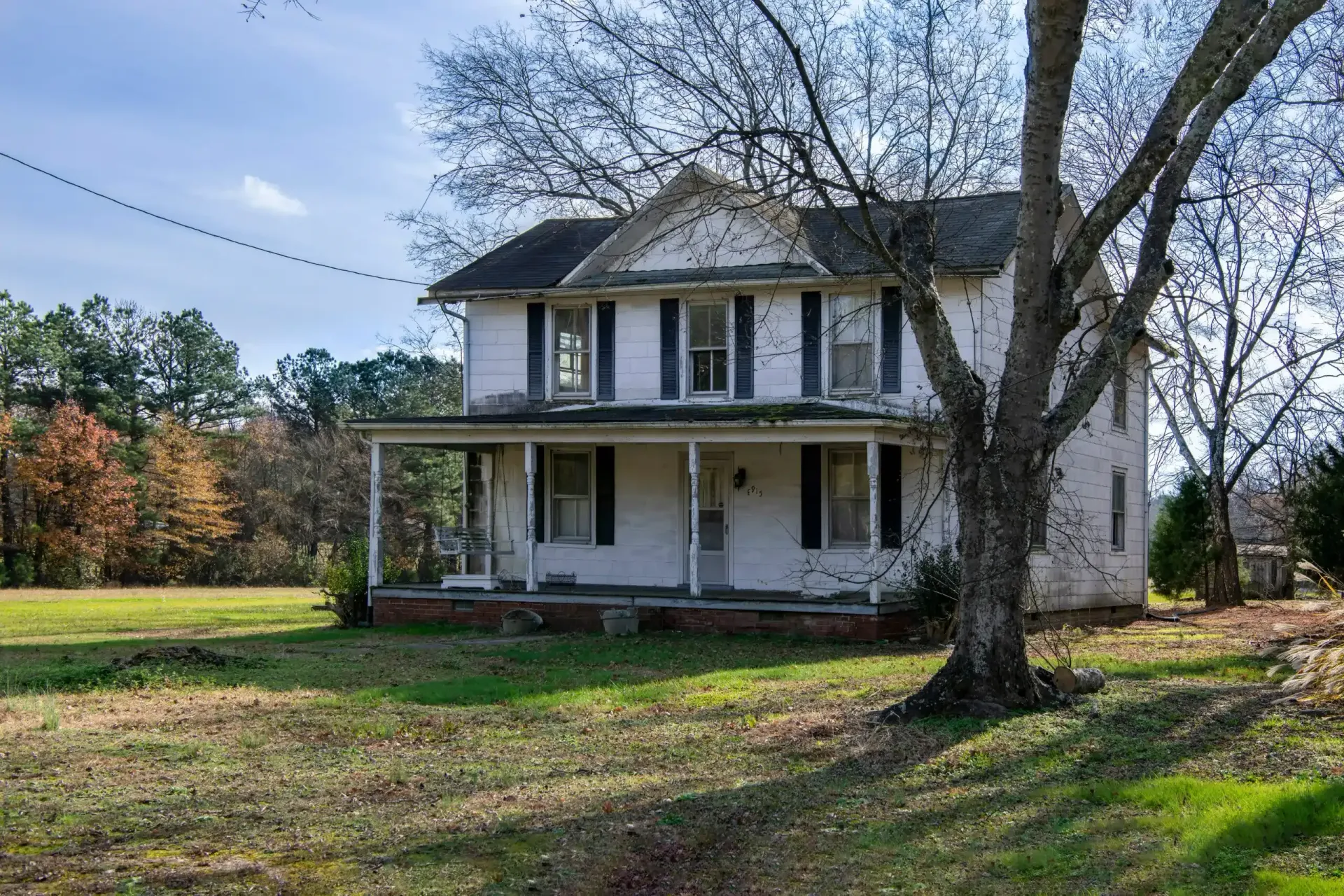
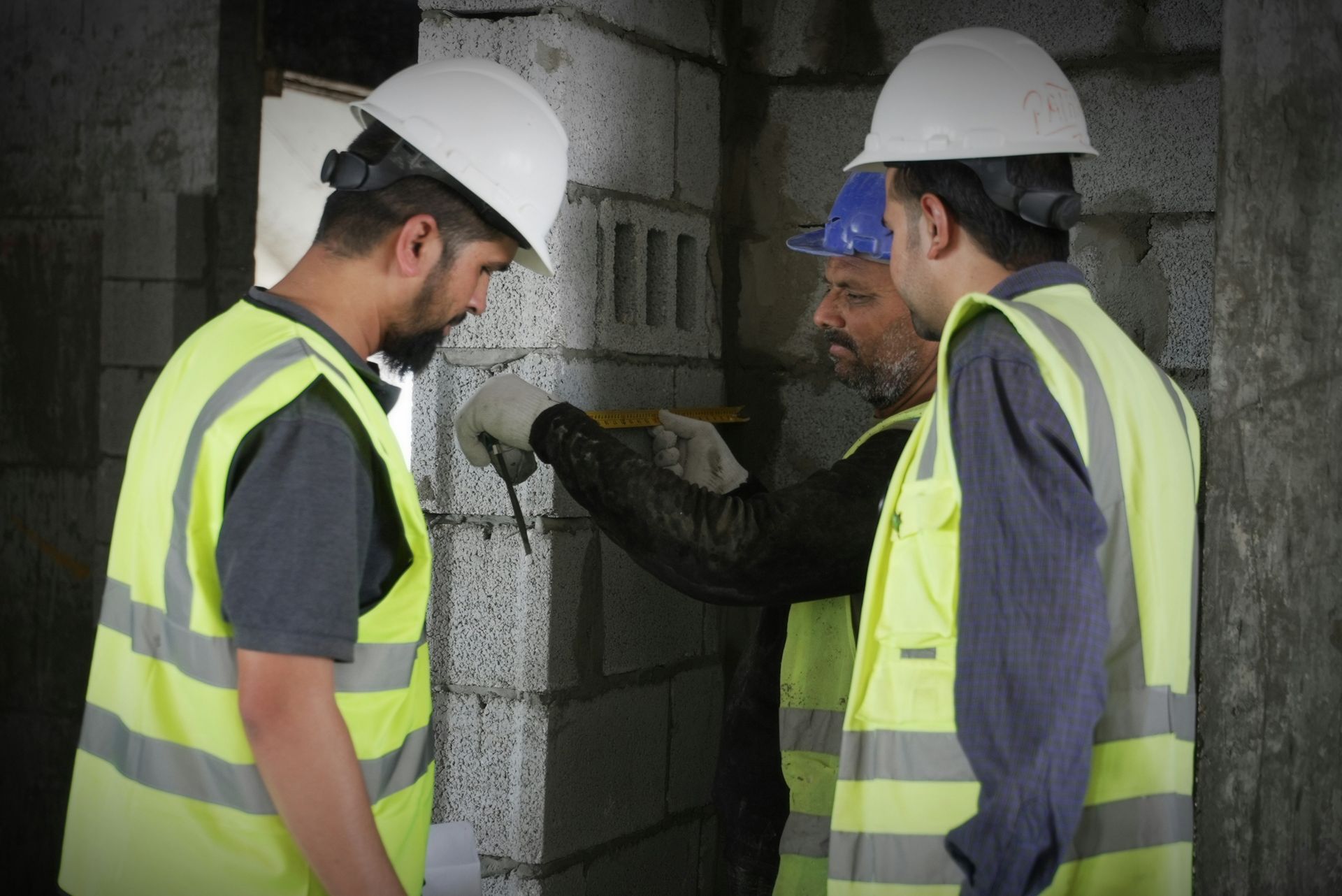
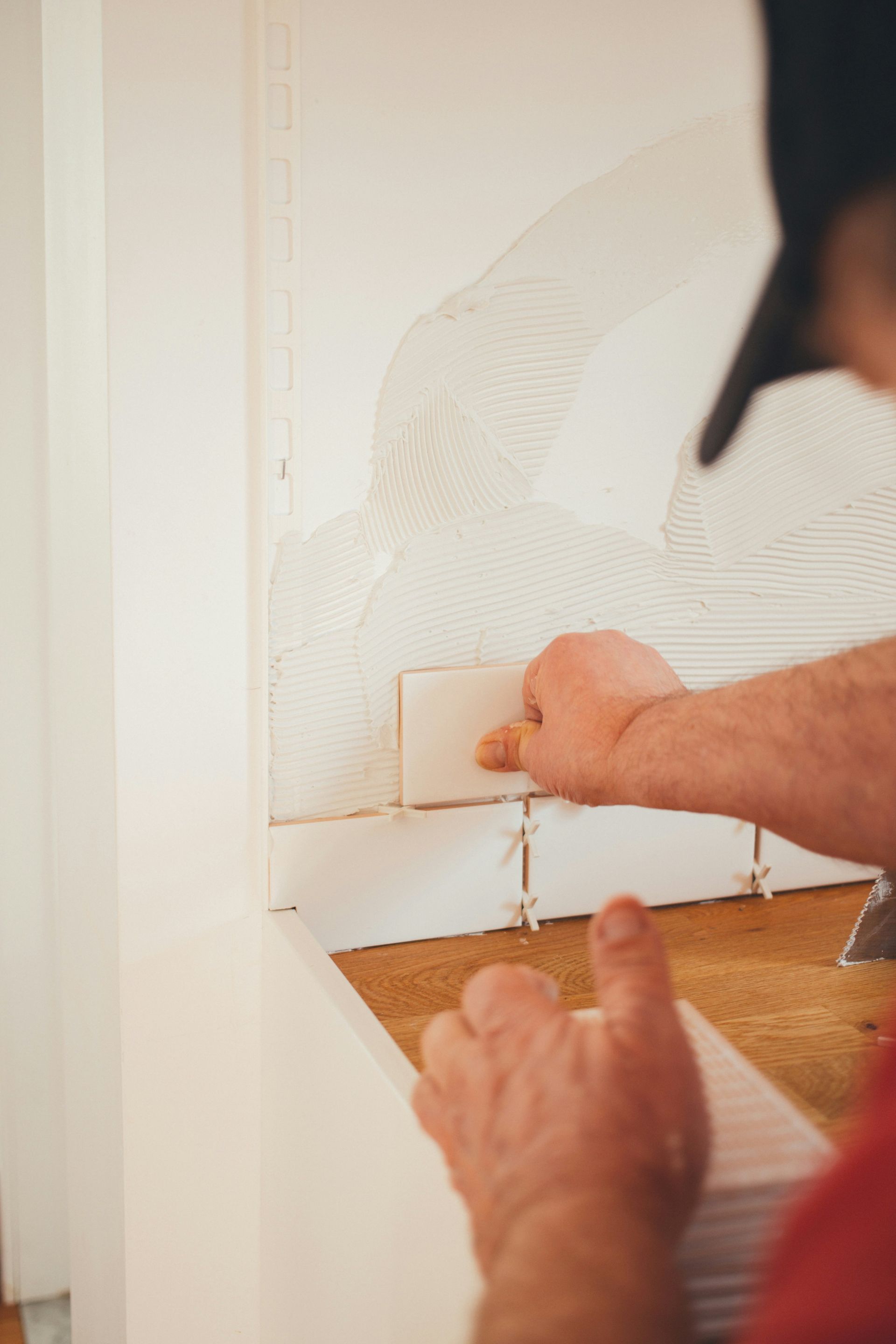

Share On: